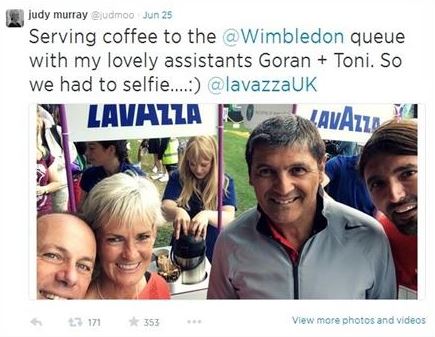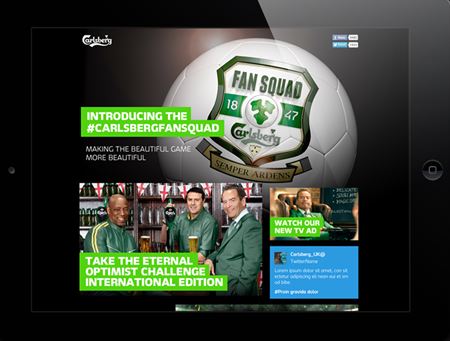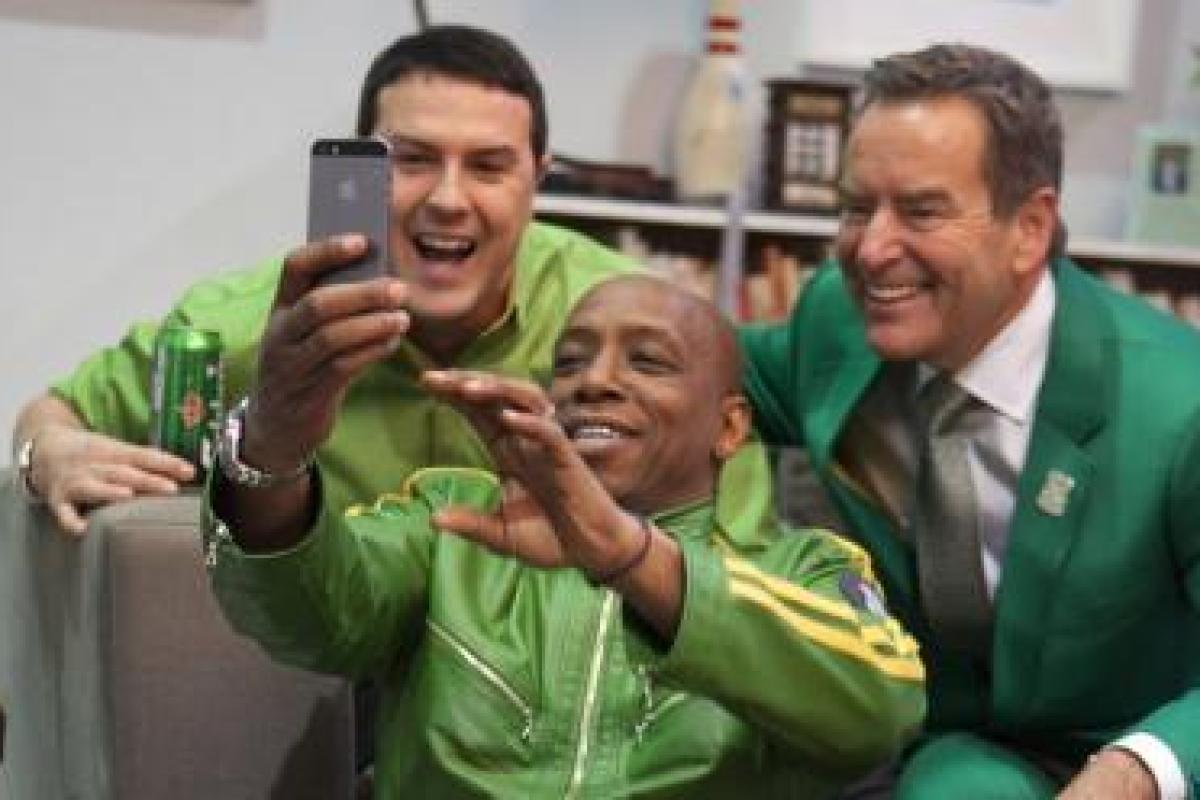With summer, comes sport. Every year the biggest sporting tournaments arrive and invade our screens for the season. It is as unavoidable as rain at Wimbledon, and just as unpredictable, but behind the rackets and red cards, there is another battle raging. Sport sponsorship is a multi-million pound industry, where the risks can be high and the rewards even higher.
There was a time when a sports star was just an athlete and a tournament was just a competition. Now they are brands in themselves, globally recognised and capable of generating incredible revenue. Sponsorship, in today’s terms, is no longer a one-sided investment, but rather a mutually beneficial partnership and like any power couple, compatibility is essential. It is not simply about raising a profile, but about ensuring that the right type of profile is being raised.
'Vamos Leo'
Adidas for example, chose Lionel Messi to be the face of their brand this summer. With the arrival of the 2014 FIFA World Cup, they created a real-time interactive app called ‘Vamos Leo’, which you can read more about here. This created brand engagement by enabling fans to follow and share the progress of the Argentinean captain. Messi is considered a player of not only exceptional skill, but also integrity; a star whose international acclaim has the potential to perfectly complement the mentality of a sporting brand. It is this, that is considered by many to be one of the ways of thinking that has made the stars of the game more than just athletes and instead, brand assets.

'Vamos Leo'
Adidas for example, chose Lionel Messi to be the face of their brand this summer. With the arrival of the 2014 FIFA World Cup, they created a real-time interactive app called ‘Vamos Leo’, which you can read more about here. This created brand engagement by enabling fans to follow and share the progress of the Argentinean captain. Messi is considered a player of not only exceptional skill, but also integrity; a star whose international acclaim has the potential to perfectly complement the mentality of a sporting brand. It is this, that is considered by many to be one of the ways of thinking that has made the stars of the game more than just athletes and instead, brand assets.

But then, there is always a risk. If Messi had suffered an injury or exited the tournament early, the campaign would have lost its momentum and with it, the money invested. The risk is heightened in today’s industry by the power of social media promoting less censorship and more sharing, meaning that It is far easier for a slip-of-the-tongue and scandals to gain prominence in the press. The incident with Luis Suarez for example, was international news and social media fodder for weeks. If a brand does not react quickly, it can find itself being criticised and condemned alongside its superstar spokesperson.
Of course, as a double edged sword, social media has also enabled sport sponsorship to exceed its previous capabilities, by helping to ensure wide-reaching exposure and more frequent fan interaction. A sponsor’s brand can still be seen on the front of the shirts, but now it can be talked about too. Both Lavazza, in sponsorship of Wimbledon, and Carlsberg, in support of the England Football team, used social media as the central channel for their summer campaigns. You can read here about how Lavazza enlisted the help of Judy Murray in their bid to bring coffee to the supporters of Wimbledon. Through the use of promotional press packages and a pop-up queue bar at the tournament, they aimed to amplify their position as sponsor and serve up a refreshing court-side campaign.
Carlsberg fan squad
Similarly, a case study here shows how Carlsberg wanted to kick-off their new partnership with the Premier League by highlighting their long-term association with the beautiful game. They created the Carlsberg Fan Squad, which was designed as a lifestyle app for football supporters, by offering up sporting banter, ticket giveaways and twenty-four seven access. Previously, it was possible for a brand to initiate an association with a sport, but still fail to create enough traction to really profit from it. With this solution in place, it was easier to track engagement and effectiveness of the campaign.
 The loyalty and dedication of fans will always ensure that sport sponsorship is a worthwhile investment. Sport is universally loved and for many people, plays an integral part of their social and personal lives. This unwavering support and devotion cannot be overlooked by brands and it is an invaluable mentality, but one that has become harder to obtain. Why brands initiate such partnerships appears to be an easy question to answer, but how they go about maintaining them is the thing that has proved more difficult to accomplish.
The loyalty and dedication of fans will always ensure that sport sponsorship is a worthwhile investment. Sport is universally loved and for many people, plays an integral part of their social and personal lives. This unwavering support and devotion cannot be overlooked by brands and it is an invaluable mentality, but one that has become harder to obtain. Why brands initiate such partnerships appears to be an easy question to answer, but how they go about maintaining them is the thing that has proved more difficult to accomplish.The bombardment of communications that consumers face daily through an increasing number of channels, has left audiences fickle and forgetful. There has been a steady increase in the number of international brands equipped to invest in sport sponsorship, making the price tag greater and the risks more daunting, but the exposure provided by sport and the sense of camaraderie it encourages, offers up an engagement constant throughout consumers lives in an otherwise constantly shifting world of focus. If you can eclipse other sponsors, and engage fans with creative and innovative content, you provide yourself with the opportunity of serving up one hell of an ace. Game. Set. Match.
Observations inspired by insight articles posted on haystackonline.com. Read more from haystackonline in our Clubhouse.
